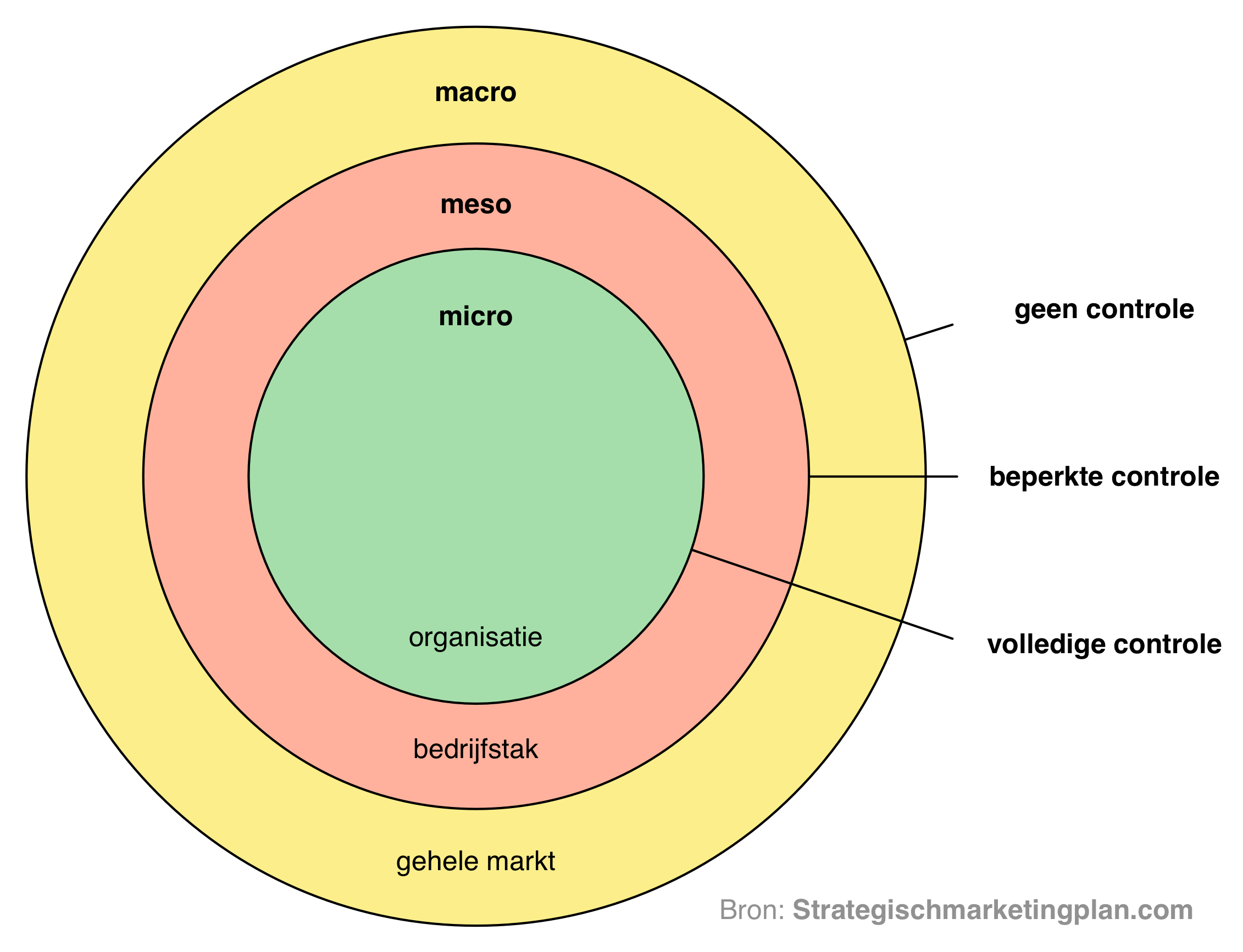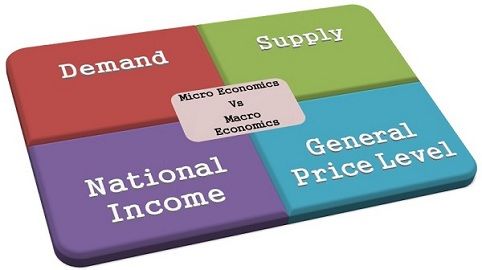
But supply challenges are unlikely to go away, whether immediate (the ongoing conflict in Ukraine) or structural (chronic underinvestment, deglobalization of supply chains, decarbonization of the global economy, heightened geopolitical tensions, protectionism and hoarding). We take the bottom-up view on commodities, too.ĭemand for many commodities may well ease during 2023, as Europe and North America emerge from the winter, more replacements for Russian and Ukrainian energy and crops are sourced, and the global economy slows. Credit spreads might widen at times during 2023, but, absent a much worse-than-expected downturn, we don’t anticipate a meaningful rise in defaults this year. Companies took advantage of the years of low rates to borrow cheaply with long maturities, protecting themselves from the rising rates of 2022 and putting off the challenge of refinancing until 2024, 2025 or beyond. Here, we can see how balance sheet fundamentals can weather a decline in profits in the coming 12 months. In credit, we are more inclined to the bottom-up view. Do we think they will rise to $230? That seems unlikely. We can make the case for a range of outcomes for the S&P 500 earnings for 2023, from $200 – $210 per share to even lower levels. We also anticipate significant write-offs of accrued earnings, which have been at a multidecade high. High inflation is currently showing up in topline sales, and costs are largely being passed on, but we think a growth slowdown in which inflation is falling from a very high level is likely to result not only in falling sales, but a relatively steep decline in checkout prices. In equities, we err more on the side of the macro forecasters. Where do we stand on the resolution of these macro-versus-micro outlooks? We take a different view for each asset class. Commodity specialists counter that major supply-and-demand imbalances persist, and point to futures curves for evidence: Positive roll yield or “backwardation,” where contracts for sooner delivery trade at higher prices than contracts for later delivery, remains strongly positive across commodities markets, and represents a tailwind to returns for this asset category. In commodities, after a major spike in 2022, top-down commentators point to slowing growth and inflation, and the historical pattern of price mean reversion, to argue that the asset class could deliver losses in 2023. Again, bottom-up credit analysts say they are struggling to stress current corporate balance sheets to a default rate higher than the long-term average of 3% in 2023. high yield default rate up to 10% or more. Historically, recessions have tended to push the U.S.
Macro vs full#
recession in 2023, and the latest forecast from the International Monetary Fund puts global economic growth in 2023 at just 2.7%, with a third of the world in full recession. For comparison, the majority of Wall Street economists are now forecasting a U.S. For the S&P 500 Index, the consensus still sits at $230 per share, which would represent 5% growth over 2022 earnings. Most bottom-up analysts, however, have barely adjusted their 2023 forecasts. Top-down analysts tend to think that the unfavorable growth-inflation mix must lead to a decline in corporate earnings.

We see this divergence most starkly in equity markets. We believe investment outcomes in 2023 are likely to be determined largely by how this difference in views resolves itself. That leaves us with macro forecasts increasingly diverging from bottom-up forecasts. How are things becoming clearer? There is a strengthening consensus among economists and macro strategists that 2023 will be a year of slowing economic growth and declining inflation, and history suggests that this spells trouble for stocks, credit and commodities.Īsk the analysts who focus on these markets from the bottom up, however, and many take a very different view. Look closer, however, and these views are more decisive than that: We see them as a response to the unusual nature of the current uncertainty, where the picture, as a whole, is getting cloudier because some parts of the picture are becoming clearer. Superficially, this might seem like a simple, rational response to an uncertain environment.

Instead, it is looking for potential returns that are uncorrelated with the market, and it has a strong bias toward harvesting income-cash today rather than the potential for more cash tomorrow. There is very little appetite for equity market risk on the Committee. Top-down and bottom-up forecasts are increasingly diverging, and we think 2023 will be largely about how these divergences resolve themselves.Īs we look forward to the release of our first-quarter Asset Allocation Committee Outlook later this week-effectively our investment views for 2023-a few things stand out.


 0 kommentar(er)
0 kommentar(er)
